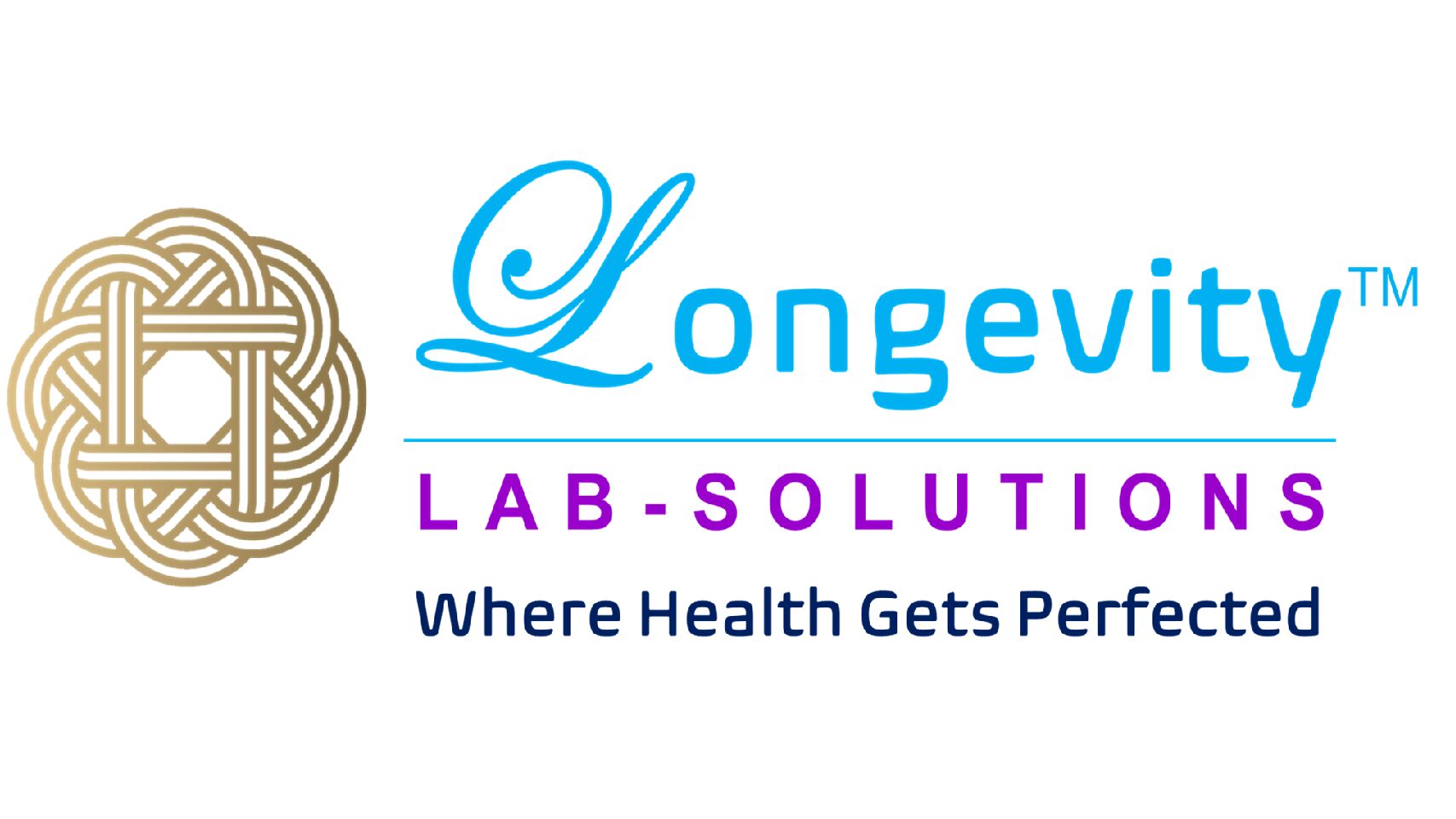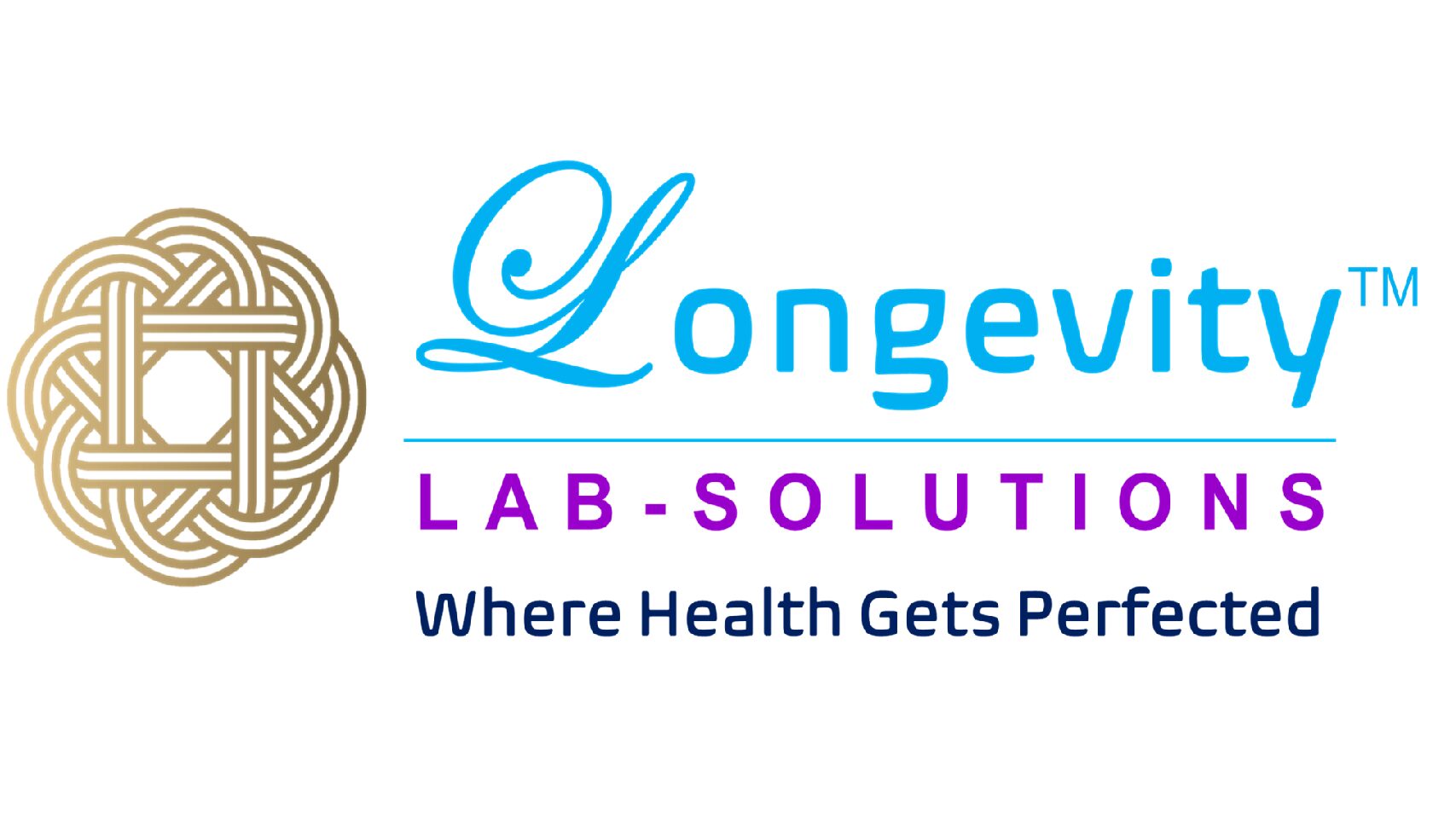Covid-19 PCR
- Test Requisition Form

Covid-19 PCR
COVID-19 is a highly infectious respiratory illness caused by the novel coronavirus (SARS-CoV-2). It was first identified in Wuhan, China in December 2019 and has since become a global pandemic.
Symptoms of COVID-19 can range from mild to severe and can include fever, cough, shortness of breath, body aches, fatigue, and loss of taste or smell. In severe cases, COVID-19 can lead to pneumonia, acute respiratory distress syndrome (ARDS), and death.
COVID-19 is primarily spread from person to person through respiratory droplets produced when an infected person talks, coughs, or sneezes. It is also possible to contract the virus by touching a surface contaminated with the virus and then touching your face.
Price $99.00
Test Details
COVID-19 is a highly infectious respiratory illness caused by the novel coronavirus (SARS-CoV-2). It was first identified in Wuhan, China in December 2019 and has since become a global pandemic.
Symptoms of COVID-19 can range from mild to severe and can include fever, cough, shortness of breath, body aches, fatigue, and loss of taste or smell. In severe cases, COVID-19 can lead to pneumonia, acute respiratory distress syndrome (ARDS), and death.
COVID-19 is primarily spread from person to person through respiratory droplets produced when an infected person talks, coughs, or sneezes. It is also possible to contract the virus by touching a surface contaminated with the virus and then touching your face.
To prevent the spread of COVID-19, it is important to practice good hygiene, such as frequent hand washing and wearing a mask in public settings. It is also important to maintain physical distance from others and to stay home if you are feeling sick.
If you suspect you may have COVID-19, it is important to seek medical attention promptly. A COVID-19 test may be performed to confirm the diagnosis, and treatment may include supportive care, such as rest and hydration, as well as medications to relieve symptoms. In severe cases, hospitalization may be necessary.
The novel coronavirus (SARS-CoV-2), which causes COVID-19, is composed of various proteins that play important roles in the replication and spread of the virus. Some of the key proteins in SARS-CoV-2 are shown below. Our laboratory tests for 3 proteins:
1. N or Nucleocapsid Protein
The N protein is a structural protein found in the novel coronavirus (SARS-CoV-2), which causes COVID-19. The N protein helps to form the viral shell and plays a role in the replication and assembly of the virus. Antibodies generated against the N protein are thought to play a role in protecting against COVID-19, and the protein is therefore a target for vaccine development.
2. S or Spike Protein
The spike protein is a component of the coronavirus SARS-CoV-2, the virus responsible for COVID-19. The spike protein is located on the surface of the virus and helps the virus to enter human cells by binding to a specific receptor, the angiotensin-converting enzyme 2 (ACE2) receptor. Antibodies against the spike protein are thought to play a role in protecting against COVID-19, and the protein is therefore a target for vaccine development. In some COVID-19 vaccines, the spike protein itself is used as the target for the immune response, while in others, a piece of the spike protein is used to generate an immune response.
3. ORF1ab Protein
ORF1ab is a large protein found in the novel coronavirus (SARS-CoV-2), which causes COVID-19. It is one of the largest and most important proteins in the virus and is responsible for several key functions.
ORF1ab is involved in the replication and transcription of the virus’s genetic material, meaning it helps the virus to produce new copies of itself. It also has helicase and exonuclease activity, which helps the virus to unwind and degrade host cell RNA.
ORF1ab is also thought to play a role in the regulation of the virus’s gene expression, meaning it helps to control which genes in the virus are turned on and off. This regulation of gene expression is important for the virus to be able to evade the host’s immune response and cause disease.
Overall, ORF1ab is a critical component of SARS-CoV-2, and understanding its role in the replication and spread of the virus is important for the development of effective treatments and vaccines against COVID-19.
Other Proteins
M or Membrane Protein
The M protein is a structural protein in the envelope of the coronavirus SARS-CoV-2, the virus responsible for COVID-19. The M protein plays a role in maintaining the integrity of the viral envelope and in the replication and assembly of the virus. While less well-studied than other viral proteins such as the spike protein, the M protein is also thought to be involved in the infectious process and may represent a potential target for therapeutic intervention against COVID-19. This protein is also found on the surface of the virus and helps with the formation of the virus’s envelope.
E or Envelope Protein
The “E” protein, also known as the envelope protein, is a component of the coronavirus SARS-CoV-2, the virus responsible for COVID-19. The E protein is a part of the viral envelope and plays a role in the replication and assembly of the virus. Like other viral proteins, the E protein may represent a potential target for therapeutic intervention against COVID-19. However, more research is needed to fully understand the function of the E protein and its potential as a target for treatment or vaccine development.
Orf3a Protein
This protein is involved in the replication of the virus and has been shown to have an impact on the immune system’s ability to respond to the virus.
Protease
This protein is involved in the replication of the virus and helps to break down viral proteins into smaller pieces.
Understanding the role of these proteins in the replication and spread of SARS-CoV-2 is crucial for the development of effective treatments and vaccines against COVID-19. Many ongoing research efforts are focused on targeting these proteins to prevent or reduce the impact of the virus.
The symptoms of COVID-19 can range from mild to severe and can appear 2-14 days after exposure to the virus. Common symptoms include:
- Fever or chills
- Cough
- Shortness of breath or difficulty breathing
- Fatigue
- Muscle or body aches
- Headache
- New loss of taste or smell
- Sore throat
- Congestion or runny nose
- Nausea or vomiting
- Diarrhea
It’s important to note that some people may be asymptomatic (not showing any symptoms) and can still spread the virus to others. If you develop symptoms of COVID-19, it’s important to self-isolate and seek medical advice. In severe cases, hospitalization may be required.
The risk factors for severe illness with COVID-19 can vary, but some factors that may increase the risk include:
- Age: Older adults, especially those over 60 years of age, are at higher risk of severe illness.
- Chronic medical conditions: People with underlying health conditions such as heart disease, diabetes, lung disease, or a weakened immune system are at higher risk.
- Obesity: People with a body mass index (BMI) of 30 or higher are at higher risk of severe illness.
- Ethnicity: Some minority populations have been shown to be at higher risk of severe illness and death from COVID-19.
- Smoking: People who smoke or use tobacco products are at higher risk of severe illness.
- Exposure: People who have been in close contact with someone who has COVID-19 or who have traveled to an area with widespread or ongoing community transmission are at higher risk.
It’s important to note that these are only some of the factors that may increase the risk of severe illness with COVID-19, and that anyone can get COVID-19, regardless of their risk level. Taking steps to protect yourself, such as wearing a mask, practicing good hand hygiene, and getting vaccinated, can help reduce your risk of getting sick.
COVID-19 can affect many different organs in the body, although the lungs are the most commonly affected. The virus can cause a range of respiratory symptoms, ranging from mild cold-like symptoms to severe pneumonia that can lead to acute respiratory distress syndrome (ARDS) and death.
In addition to the respiratory system, COVID-19 can also affect other organs, including:
- The heart: COVID-19 has been associated with an increased risk of heart attacks, irregular heartbeats, and inflammation of the heart muscle.
- The brain: COVID-19 has been linked to a range of neurological symptoms, including confusion, stroke, and loss of smell and taste.
- The kidneys: COVID-19 can cause acute kidney injury and can also worsen existing kidney problems.
- The liver: COVID-19 has been associated with liver dysfunction, including elevated liver enzymes.
- The gastrointestinal system: COVID-19 has been associated with digestive symptoms, such as nausea, vomiting, and diarrhea.
It’s important to remember that not everyone with COVID-19 will experience severe illness or organ involvement, and that many people recover without any long-term consequences. However, in severe cases, COVID-19 can lead to serious and life-threatening complications that require hospitalization and supportive care.
There is currently no specific antiviral treatment for COVID-19. The treatment for COVID-19 is primarily supportive, and aims to relieve symptoms and prevent complications. This can include:
Oxygen therapy: For people with severe respiratory symptoms, supplemental oxygen may be necessary to help them breathe.
Pain relief: Pain relievers such as acetaminophen can help relieve fever and body aches.
Hydration: Staying hydrated is important for recovery, especially for people with severe symptoms.
Antibiotics: Antibiotics should only be used to treat bacterial infections and are not effective against the virus that causes COVID-19.
In severe cases, hospitalization may be required, and patients may need intensive care and support, including mechanical ventilation.
It’s important to remember that COVID-19 can be a very serious illness, and that the best way to prevent and treat the disease is to get vaccinated, practice good hygiene, and avoid exposure to the virus. If you develop symptoms of COVID-19, it’s important to seek medical advice promptly.
- RT-PCR
The polymerase chain reaction (PCR) test is widely used to detect the presence of the SARS-CoV-2 virus that causes COVID-19. However, like any test, it has certain limitations. Some of the limitations of the PCR test for COVID-19 include:
Timing: The PCR test may not detect the virus early on in the course of illness, when the virus is still in low concentration in the body. This means that a negative test result early in the course of illness does not guarantee that the person is not infected.
False negatives: The PCR test can produce false negative results, especially if the test is performed too early in the course of illness, or if the sample is not collected or handled properly.
False positives: Rarely, the PCR test can produce false positive results, due to contamination of the sample or other technical issues.
- Nasal Swab
- Nasopharyngeal Swab
- Saliva
- 1 hour – 48 hours


